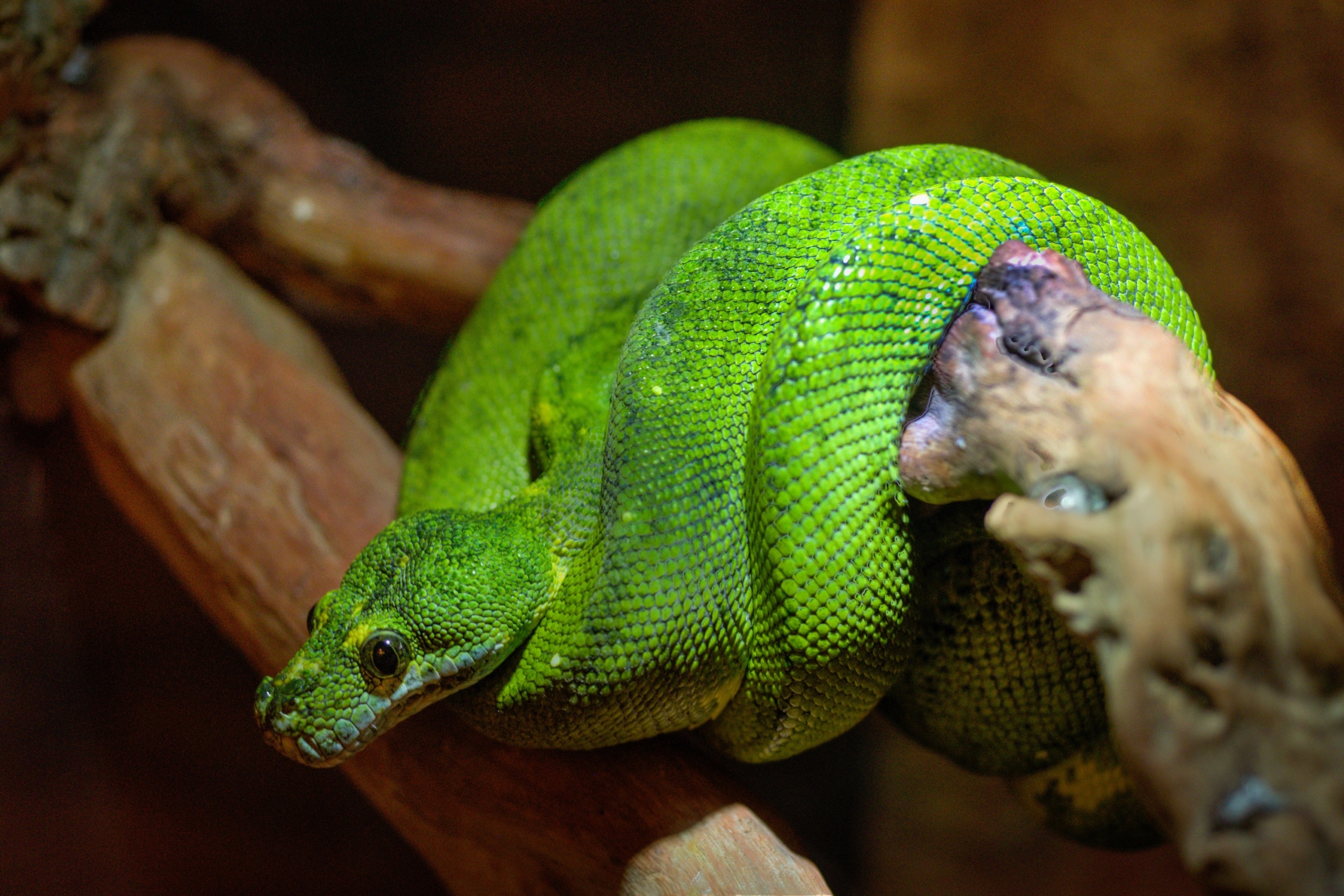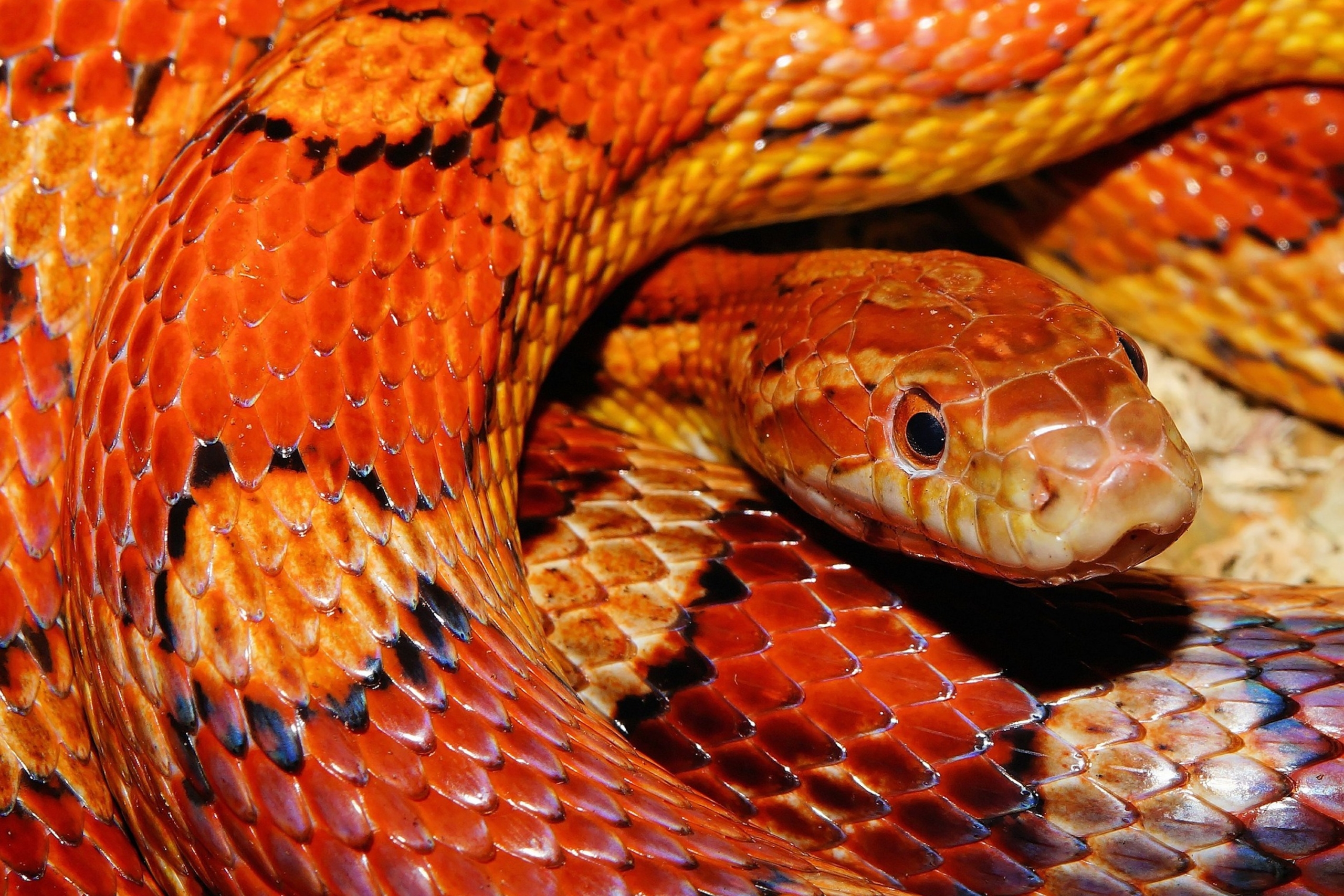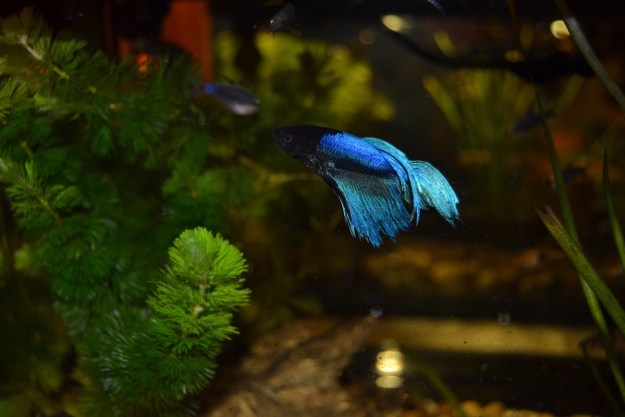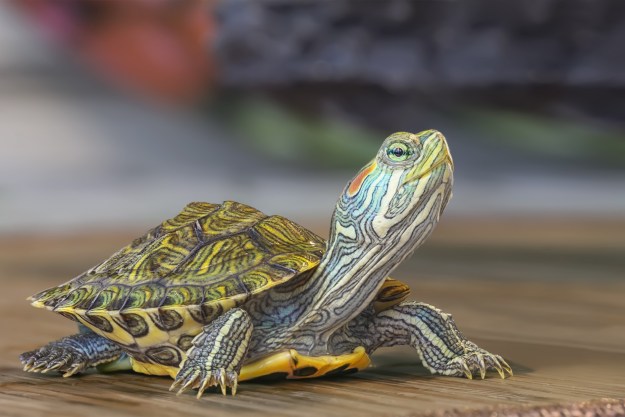Bringing home a new snake can be just as confusing as it is exciting. There’s a lot to get, and even more to learn. Luckily, you don’t have to know it all to be a great pet parent. With a little research and some dedication, you’ll gather everything you need to care for your snake — including information on snake behavior and what makes them comfortable.
What you need for your snake’s habitat
Every snake needs their perfect lair. Whether you build your own snake habitat or purchase one, each serpent’s happy place will depend on a few factors, especially their size. The folks at PetSmart recommend a 20-gallon terrarium. It’s important to double-check that each enclosure is truly and securely enclosed since snakes are known for their escape artistry. Each snake should have their own separate home to avoid any territorial issues or potential breeding as well.
Because snakes like to burrow, they’ll enjoy a layer of bedding, or “substrate,” at the bottom of their enclosure. Oak and aspen shavings are popular choices as they’re cheap, easy to find, and even easier to clean. Your pet store is sure to have several choices if your pet is a picky fellow.

Snakes are ultrasensitive to temperature and humidity, so you’ll have to keep a close eye on your buddy’s environment at all times. Since they’re cold-blooded reptiles, they rely on external heat to regulate their body temperature, though some snakes can be stressed by large, invasive heaters or lighting. Instead, PetSmart suggests using a heat source underneath one side of the tank to give your snake a variety of temperatures throughout the terrarium. Keeping their space humid is super important as well, but you can do this in several ways. Adding more water dishes or a mister to your snake’s home is just one way to prevent dryness, which can cause complications when they shed their skin.
What to feed your new snake
Snakes are carnivores, and they swallow their prey whole. This might not be a dietary routine that all owners are comfortable with, but it’s necessary for a healthy snake to thrive. The Veterinary Centers of America (VCA) notes that snakes do have different diets: Some snack on warm-blooded prey such as mice and gerbils, while others eat insects, amphibians, and other smaller reptiles. Most snake-friendly food can be bought freshly killed and/or frozen, so all you have to worry about is feeding your scaly friend.
Your vet can advise you on how often to feed your individual snake, although healthy adult snakes tend to eat only once a week or two. Younger serpents and females close to mating might be hungry a bit more often. You’ll get the hang of your pet’s preferred feeding schedule by paying attention to their response when you do feed them. If they eat immediately, you can assume they were hungry, but if they seem to be in no rush, you can wait a bit longer next time (via VCA).
Keeping your snake hydrated
As much as snakes enjoy heat, they enjoy water, too. Your pet should have at least one large dish of water at all times, but make sure the dish is heavy enough not to be a danger to your snake. Since they love to burrow, you will want to double-check that they can’t get under and flip the dish.
Snakes use their water dishes for more than drinking, so it’s especially important to change the water daily. It’s not uncommon for your pet to defecate in their water dish, so you won’t want it sitting around either. Sitting in their water dish can help them stay hydrated near shedding time, but if your snake is feeling particularly comfortable, you might even catch them bathing in their water dish.
Keeping your snake happy and healthy

Since your slithery friend will be spending their entire lives in a glass terrarium, they’ll want some privacy every now and then. Your snake’s enclosure should include at least one hiding spot, whether it be a small cave or even some tall plants. It’s even better if you’re able to put shelters on opposite sides of their tank, where there are different temperatures (via PetSmart). This way, your snake will be able to stay comfy whether they’re warm, chilly, or anywhere in between.
Keeping your snake entertained is a feature of pethood that some humans overlook. In reality, though, you’ll need only a few simple tricks up your sleeve to keep your buddy content. Adding a second, different layer of substrate to the bottom of the enclosure gives your snake multiple surfaces to slither over and burrow into (via White Python). If they’re looking for more textural stimulation, natural tank decorations are another way to go.
Snakes have a few regular health issues to look out for, some of which are unique to their species. Anorexia is one of those issues, though it’s often just a side effect of breeding, shedding, or egg bearing (via VCA). If your snake isn’t eating and these causes can be ruled out, you might want to look at environmental factors. Some snakes also have complications during shedding, though these problems are more noticeable to the naked eye than others.
If you’re beginning your journey with your new pet snake, enjoy it! Snakes are unique pets that you’ll remember for the rest of your life, and it’s oh-so-important to make their lives special, too. That’s what pethood is all about, after all!
Editors' Recommendations
- What causes high pH in an aquarium? We’ll walk you through getting your tank levels in check
- Best reptile pets: These are the 5 most affectionate reptiles you can welcome into your home
- Can you make a profit breeding your bearded dragon?
- Looking to add corydoras to your aquarium? Here’s what you need to know first
- How to tell if your guinea pig loves you – some ways may surprise you




